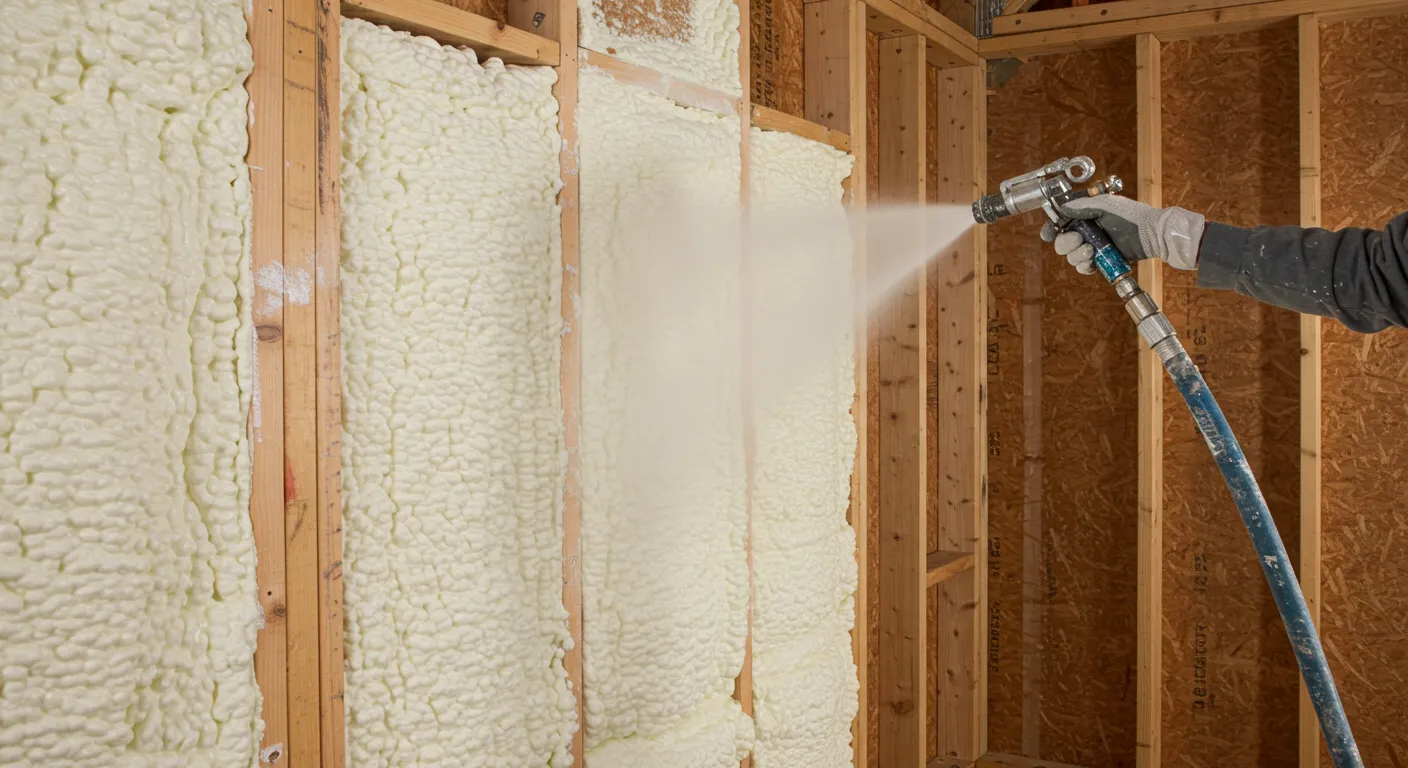
Spray foam insulation is widely used for its energy efficiency, durability, and moisture resistance. However, several factors can compromise its effectiveness over time. Understanding what destroys spray foam helps homeowners, contractors, and businesses maintain insulation quality and prolong its lifespan. This article explores the primary causes of spray foam deterioration, how to prevent damage, and best practices for long-term performance.
Spray foam is highly vulnerable to ultraviolet (UV) radiation. Prolonged exposure to direct sunlight can degrade the outer layer, leading to discoloration, brittleness, and loss of insulating properties.
While closed-cell spray foam has excellent moisture resistance, open-cell foam can absorb water, leading to mold growth, loss of insulation effectiveness, and structural damage.
Certain chemicals, including petroleum-based solvents, strong acids, and industrial cleaners, can weaken or dissolve spray foam insulation, compromising its integrity.
Spray foam is semi-rigid and can be easily damaged by direct force, such as construction work, heavy impacts, or pests chewing through the material.
Frequent changes in temperature can cause spray foam to expand and contract, leading to cracks, separation from surfaces, and reduced insulation effectiveness.
Incorrect spray foam application can result in weak adhesion, uneven coverage, air gaps, and off-gassing issues that reduce insulation efficiency.
Detecting spray foam deterioration early can prevent costly repairs and energy inefficiencies. Look for these warning signs:
Conduct bi-annual inspections to assess insulation integrity and detect early signs of wear or damage.
Apply UV-resistant coatings and moisture barriers to enhance durability.
Implement preventive measures such as sealing entry points and using pest-repellent materials.
Ensure adequate airflow in attics and crawl spaces to prevent condensation and humidity-related damage.
Schedule periodic assessments with insulation experts to maintain optimal performance.
Understanding what destroys spray foam is essential for maintaining insulation efficiency and longevity. Factors such as UV exposure, moisture intrusion, chemical interactions, and physical damage can compromise foam performance. Homeowners and contractors should implement preventive measures to protect spray foam and ensure long-term energy savings.
For expert spray foam insulation solutions and maintenance services in Salem, OR, contact Capital City Spray Foam of Salem today. Our professional team ensures durable, high-performance insulation that withstands environmental challenges.
Mold does not grow directly on spray foam, but excessive moisture can cause surrounding materials to develop mold.
Properly installed spray foam can last 20-30 years or more, depending on environmental factors and maintenance.
Closed-cell spray foam resists water absorption, but open-cell foam can retain moisture, leading to degradation.
Yes, rodents can burrow through spray foam. Using pest-resistant barriers helps prevent infestations.
Unprotected foam deteriorates due to UV exposure, causing brittleness and reduced insulation properties.
Yes, temperature fluctuations and improper installation can cause cracks and shrinkage.
Small repairs can be made with additional foam applications, while extensive damage may require professional reinstallation.
Spray foam is combustible but can be treated with fire-retardant coatings for added safety.
Mistakes include improper mixing, inadequate coverage, and failure to account for expansion rates.
DIY applications are possible, but professional installation ensures correct adhesion, curing, and long-term effectiveness.